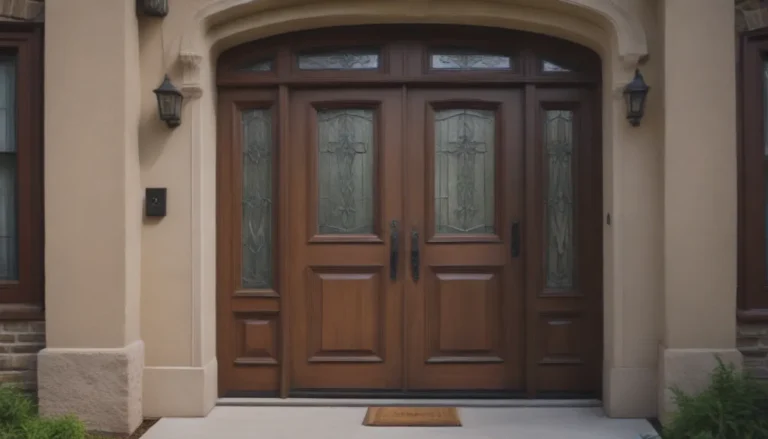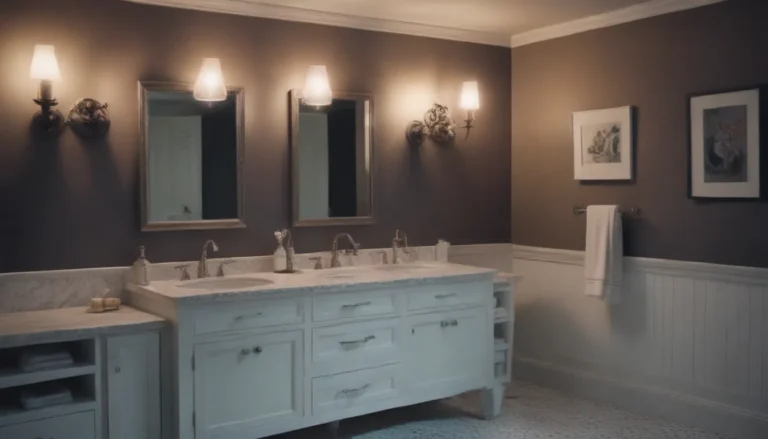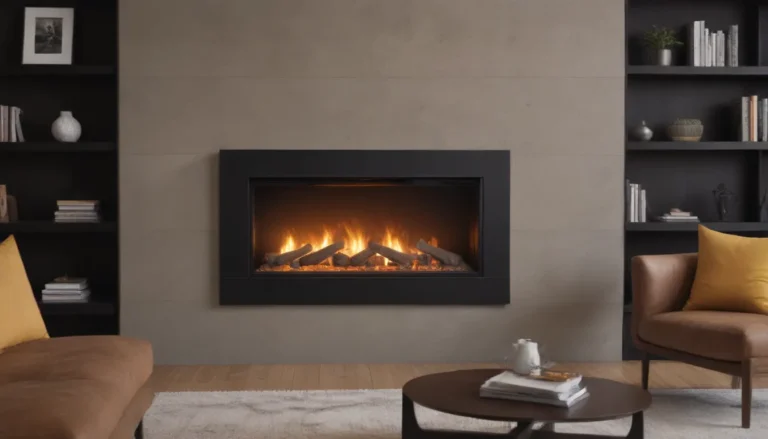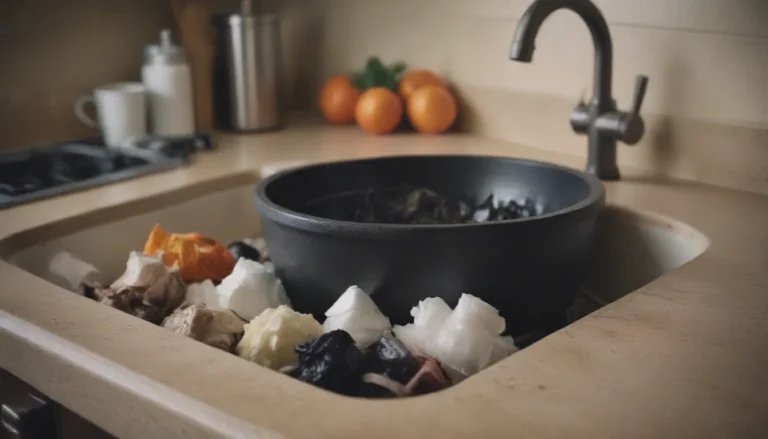Mastering Drywall Take-Offs: A Comprehensive Guide for Contractors

Are you a contractor who struggles with estimating and preparing drywall take-offs for your projects? It can be a daunting task, but with the right approach, you can streamline the process and ensure accuracy in your estimates. In this guide, we will walk you through the steps the professionals take to calculate the amount of drywall, joint tape, joint compound, screws, and corner beads needed for a project. By following these guidelines, you can confidently estimate the materials required for your drywall installation jobs.
Why Estimating Drywall Take-Offs is Important
Before we dive into the nitty-gritty of calculating drywall materials, let’s understand why accurate estimating is crucial for contractors. Having a precise estimate helps you:
– Ensure you have enough materials to complete the project without interruptions
– Avoid wasting money on excess materials
– Provide clients with accurate quotes
– Manage your budget effectively
By mastering the art of drywall take-offs, you can optimize your project planning and enhance your overall efficiency as a contractor.
Step-by-Step Guide to Estimating Drywall Take-Offs
Measure Square Footage
The first step in estimating drywall take-offs is measuring the square footage of the areas where the drywall will be installed. To calculate the total square footage:
– Multiply the width by the height of each wall or ceiling area
– Add all the quantities together to get the total square-foot amount
Estimate Drywall Sheets
Once you have the total square footage, you can calculate how many drywall sheets you will need:
– Divide the total square footage by 32 (if using 4-by-8 sheets) or by 48 (if using 4-by-12 sheets)
– Add 10 to 15 percent for waste and odd cuts
– Multiply the total number of sheets by the price per sheet to get the cost
Estimate Drywall Tape
To estimate the amount of drywall tape needed:
– Calculate the linear feet of joint tape by multiplying the number of drywall sheets needed by the perimeter of each sheet (16 feet for 4-by-8 sheets, 20 feet for 4-by-12 sheets)
– Divide the total by 500 (rolls usually contain 500 feet)
– Multiply the number of rolls needed by the cost per roll
Estimate Joint Compound
For joint compound estimation:
– Estimate 0.053 pounds of mud per square foot of drywall
– Multiply the total square footage by 0.053 to determine the pounds of compound needed
Estimate Drywall Screws
To determine the pounds of screws required:
– Divide the square footage of drywall by 300
Estimate Corner Beads
For corner beads estimation:
– Count the number of outside wall corners
– Use one full corner bead for each corner
– If there are additional structures with outside corners, calculate the total length and divide by the length of a single corner bead (8 or 10 feet)
Consider Miscellaneous Costs
Don’t forget to include miscellaneous costs such as:
– Delivery charges
– Taxes
– Other project-specific expenses
Markup for Profit and Overhead
Finally, add your markup for profit and overhead based on your business model and location. Small companies typically set a markup between 15 to 20 percent, while larger companies may have different markup ranges.
Conclusion
Estimating and preparing drywall take-offs doesn’t have to be a daunting task. By following the steps outlined in this guide, you can efficiently calculate the materials needed for your projects and ensure accurate estimates for your clients. Remember to account for all the necessary materials, add a contingency fund for unexpected expenses, and include your markup for profit. With practice and attention to detail, you can master the art of drywall take-offs and improve your efficiency as a contractor. Happy estimating!





